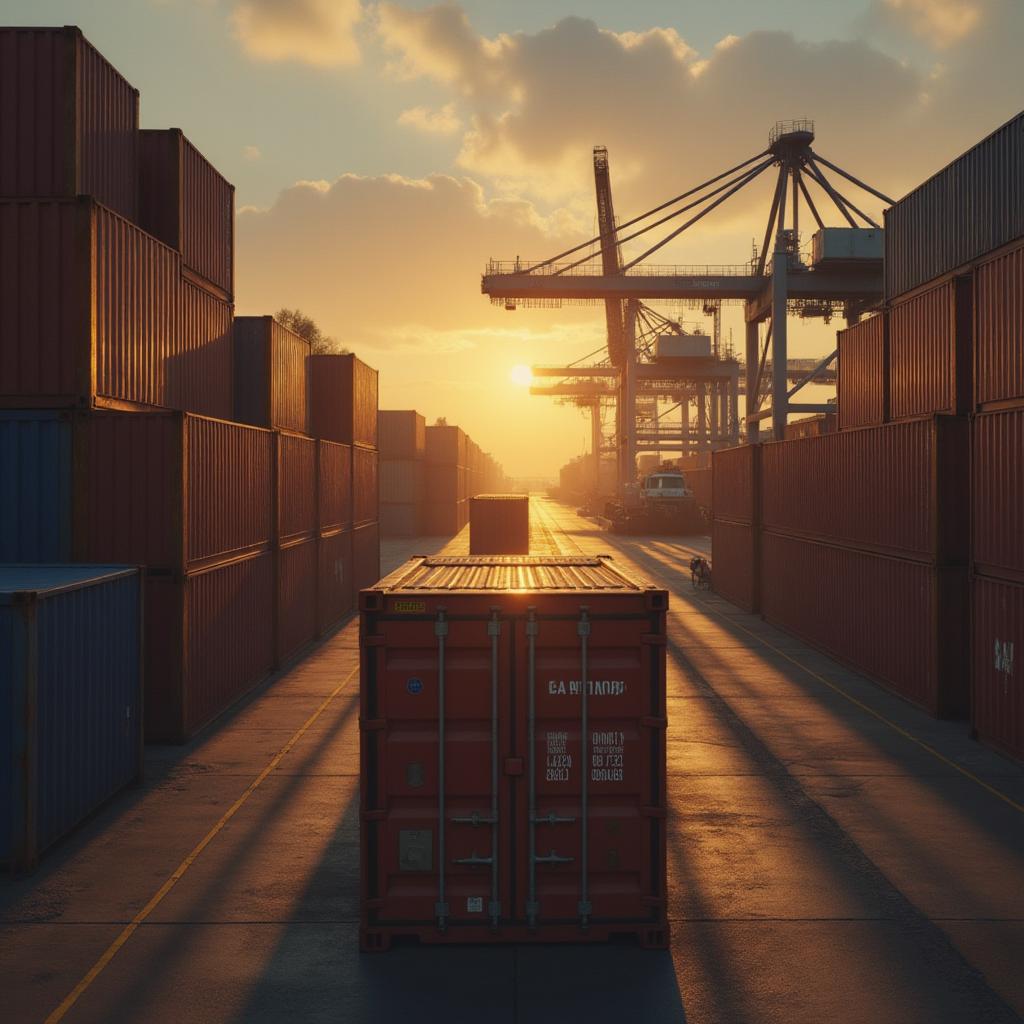
Federal Reserve officials are keeping a sharp eye on the latest round of tariffs announced by the Trump administration over the weekend. Why? Because these fresh trade policies might push prices up, making it tougher for the Fed to keep inflation in check.
The central bank has been working hard to bring inflation back to its 2% target after it spiked post-pandemic. Interest rate hikes have helped cool things down, but any new price pressures could slow that progress. Tariffs, which tax imported goods, often lead to higher costs for businesses and consumers—at least in the short term.
Historically, the Fed has tried to treat trade policy changes as temporary blips rather than long-term inflation drivers. But tariffs can also hurt economic growth over time, as companies cut back and consumers spend less in other areas to offset higher prices.
Back in 2019, similar concerns led the Fed to lower interest rates to prop up the economy. Now, officials are debating whether to take a similar approach this time around.
Austan Goolsbee, president of the Chicago Fed, summed up the challenge last week. “If policies are driving prices up, we’ll need to figure out which part of that inflation we should look past and which part we need to address,” he said in an interview. “It’s getting harder to read the signals.”
